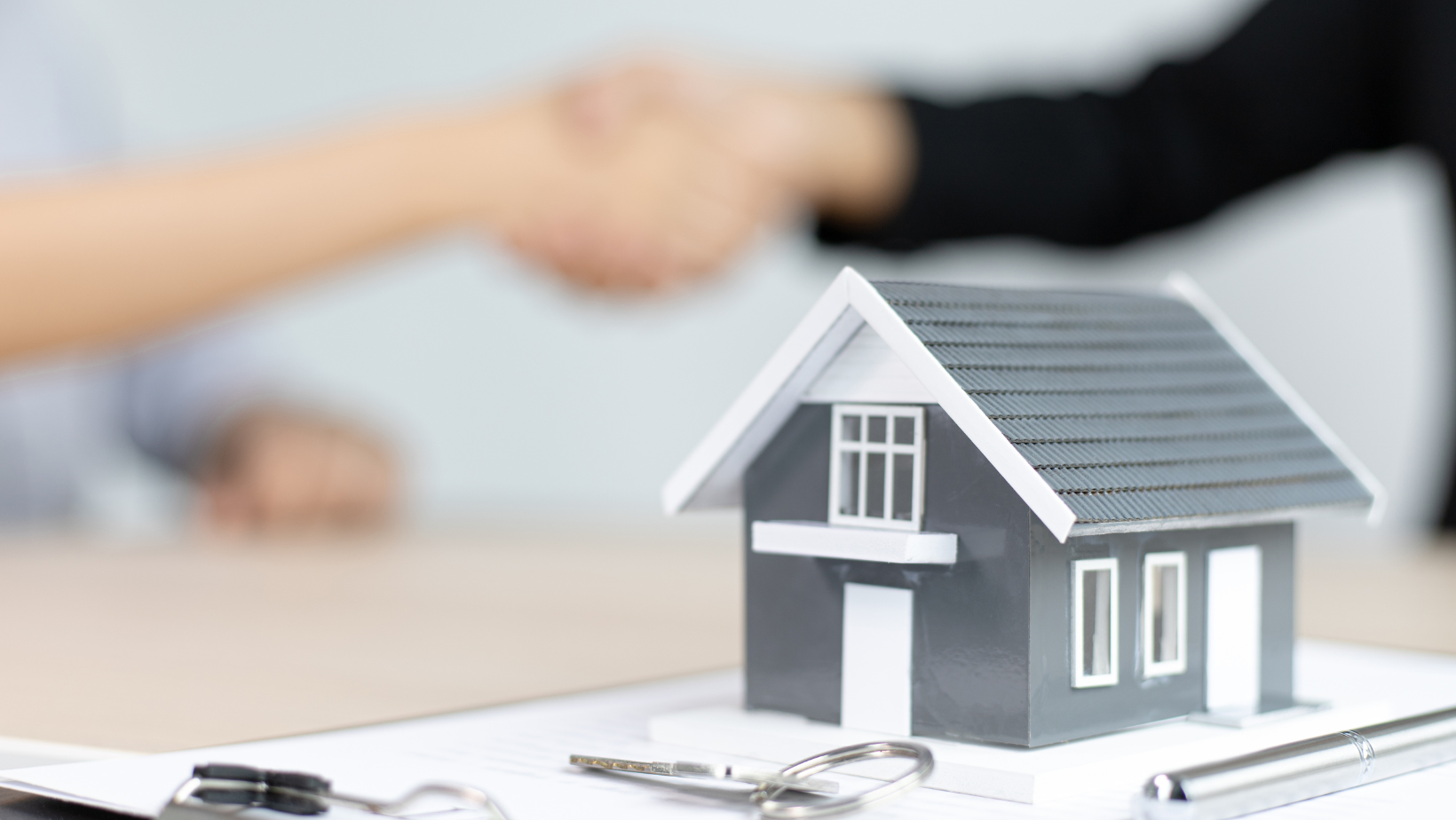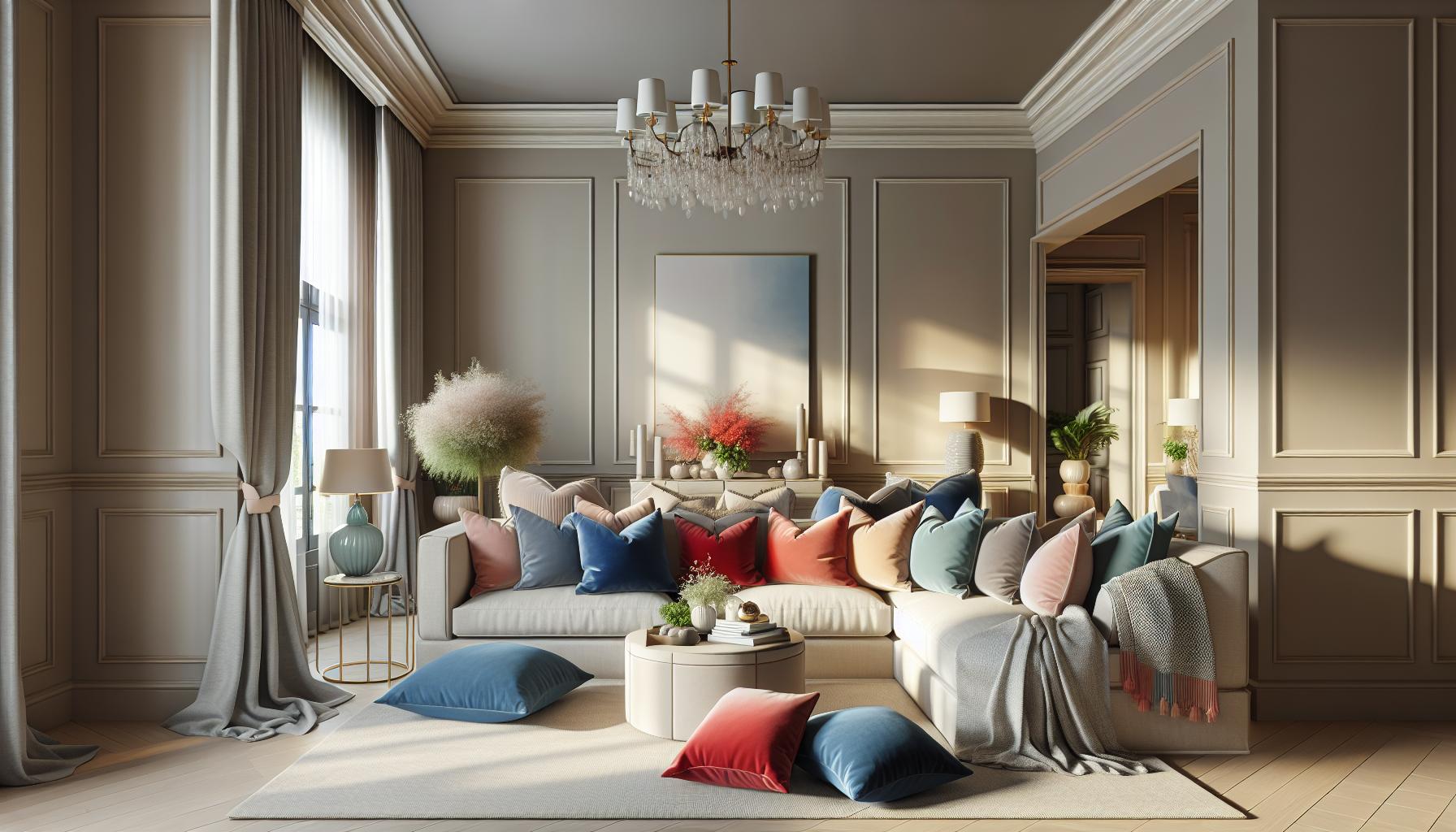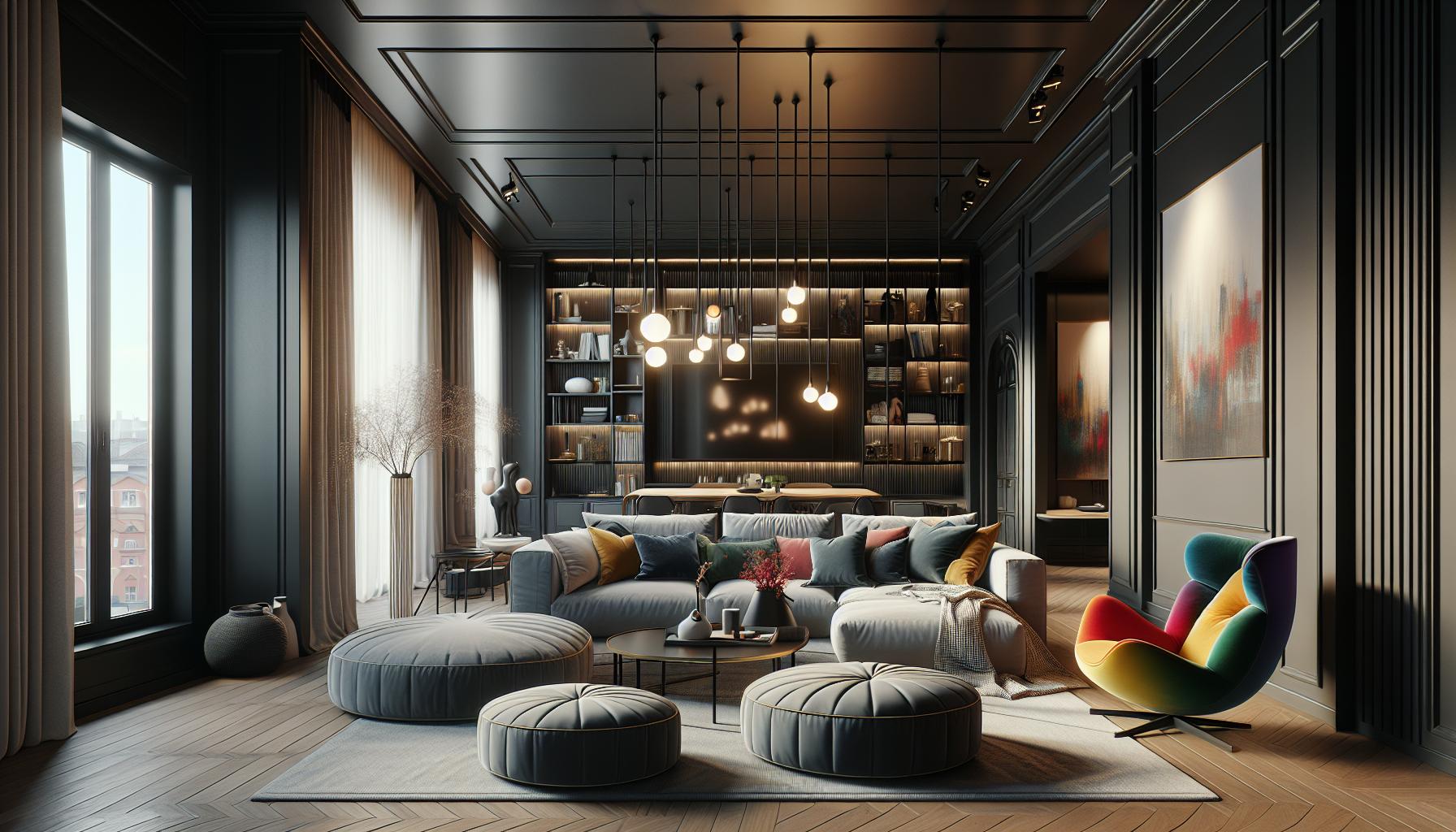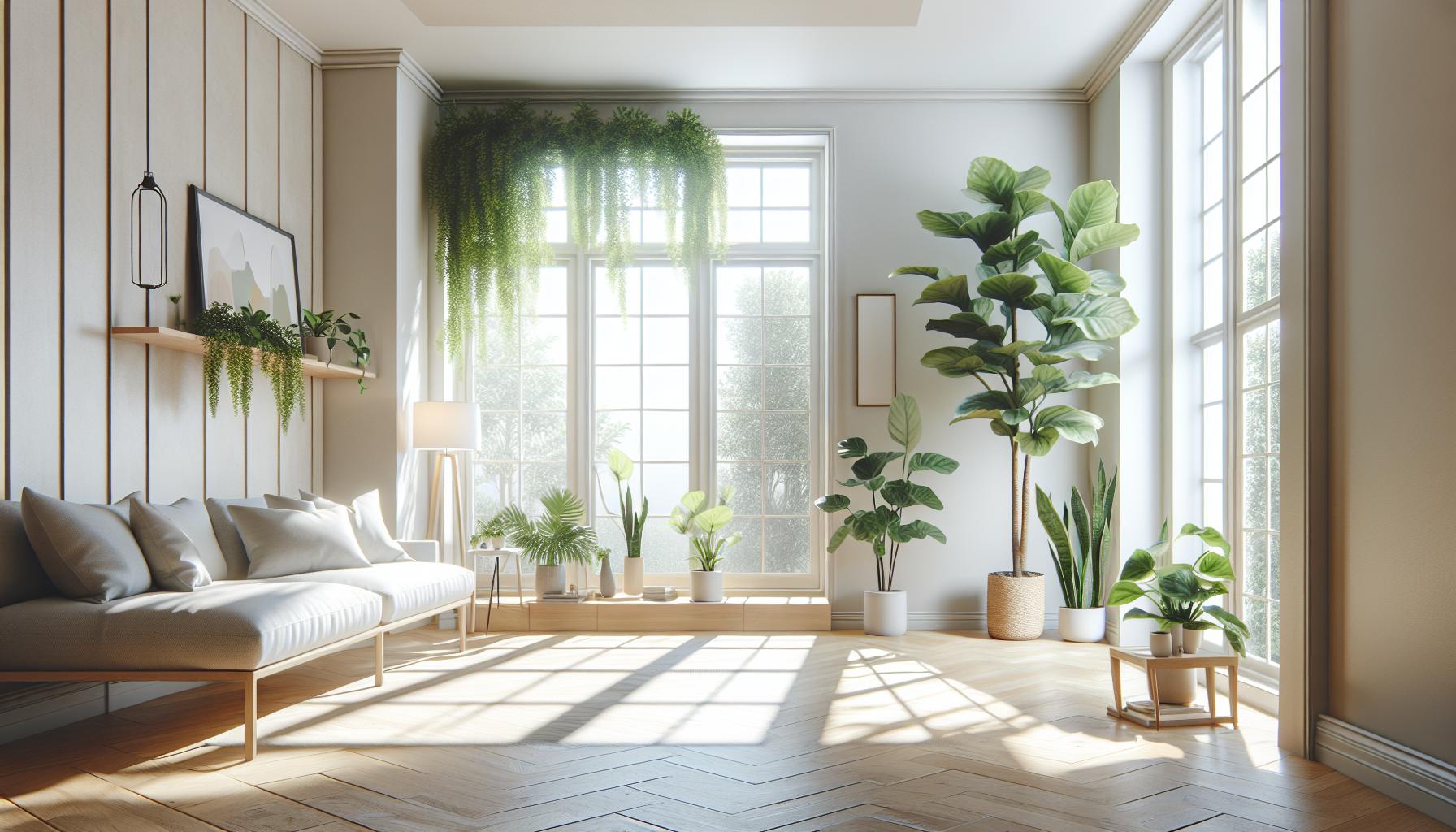Key Takeaways
- Tailored Solutions: Custom web design and development provide unique websites specifically crafted to reflect a brand’s identity and meet business needs, ensuring a competitive edge in the market.
- Enhanced User Experience: Focused on usability and accessibility, custom designs cultivate a positive user experience, leading to higher engagement and improved customer retention.
- SEO Optimization: Custom websites integrate best SEO practices from the start, improving visibility on search engines and driving organic traffic.
- Responsive Design: Implementing responsive design principles ensures optimal viewing across all devices, minimizing bounce rates and enhancing user satisfaction.
- Functionality and Performance: Bespoke features and tailored backend solutions address specific operational needs, allowing for unique capabilities that enhance website performance.
- Strategic Development Process: A systematic approach, from planning to testing, ensures that the final product is functional, user-friendly, and aligned with the brand’s objectives.
In today’s digital landscape, a strong online presence is crucial for businesses of all sizes. Custom web design and development offer tailored solutions that not only enhance user experience but also reflect a brand’s unique identity. It goes beyond cookie-cutter templates, providing websites that are specifically crafted to meet the needs of a business and its audience.
Investing in custom web design means prioritizing functionality, aesthetics, and performance. With a focus on responsive design and optimized user interfaces, businesses can engage visitors more effectively and convert them into loyal customers. As the demand for personalized online experiences grows, understanding the benefits of custom solutions becomes essential for staying competitive in the market.
Custom Web Design And Development
Custom web design and development involves creating unique websites tailored specifically to meet the needs of individual businesses and their audiences. This process often begins with understanding a brand’s identity, goals, and target market. Tailored design elements cultivate a visual representation that resonates with users, effectively communicating the brand’s message.
Key components of custom web design include:
- User Experience (UX): Focus on usability and accessibility enhances interactions, ensuring users can navigate sites effortlessly.
- Aesthetics: Visual appeal reflects brand values, creating a memorable impression that distinguishes it from competitors.
- Functionality: Bespoke features address specific operational requirements, allowing businesses to implement unique capabilities that standard templates lack.
- Responsiveness: Custom solutions prioritize adaptability across devices, providing optimal viewing experiences for desktop, tablet, and mobile users.
Custom development complements design by allowing for tailored backend solutions. This involves:
- Content Management Systems (CMS): Customized CMS can simplify content updates, enhancing operational efficiency.
- E-commerce Solutions: Building unique shopping experiences drives sales through personalized product displays and streamlined payment processes.
- SEO Optimization: Integrating SEO best practices from the outset improves visibility and ranking on search engines, attracting more organic traffic.
Investing in custom web design and development translates to increased engagement, improved conversion rates, and a sustained competitive edge in the digital landscape. Each solution reflects a commitment to quality and an understanding of what drives users’ needs.
Benefits of Custom Web Design and Development

Custom web design and development offers significant advantages that contribute to a brand’s online success. These benefits include enhanced user experience, improved SEO potential, and effective brand representation.
Enhanced User Experience
Enhanced user experience (UX) arises from tailored web design that addresses specific user needs. Custom elements like intuitive navigation, personalized content, and responsive layouts elevate interaction and satisfaction. Designers often conduct user research to gather insights, enabling them to create interfaces that specifically cater to target audiences. For example, online retailers often implement features such as personalized product recommendations to streamline the shopping experience, ultimately reducing bounce rates and increasing user retention.
Improved SEO Potential
Improved SEO potential accompanies custom web design and development. Customized websites utilize optimized structures and semantic coding, which facilitate better crawling and indexing by search engines. Developers integrate key SEO practices such as strategic use of meta tags, alt attributes for images, and schema markup directly into the website’s architecture. This attention to detail can enhance visibility in search engine results pages (SERPs) and drive organic traffic. For instance, a well-structured site can rank higher for targeted keywords, offering businesses a competitive advantage in their industry.
Key Elements of Custom Web Design

Custom web design incorporates several key elements essential for creating a successful online presence. Effective web design prioritizes not only visual appeal but also user experience, ensuring that websites meet specific business goals.
Responsive Design Principles
Responsive design principles ensure that websites function seamlessly across various devices, including desktops, tablets, and smartphones. Design includes fluid grids that adjust according to screen size, allowing for efficient navigation. Images and media elements resize automatically, maintaining visual integrity on any device. The implementation of media queries optimizes layout adjustments based on device characteristics. These principles enhance user experience, increase engagement, and minimize bounce rates.
Visual Aesthetics and Branding
Visual aesthetics play a pivotal role in custom web design, impacting user perception and brand identity. Design elements such as color schemes, typography, and imagery create a cohesive look that reflects the brand’s essence. Custom graphics enhance uniqueness and strengthen brand recognition. Consistent branding across all web pages fosters trust and ensures memorable user interactions. High-quality visual content also captivates visitors, encouraging longer browsing sessions and increased conversions.
The Development Process

The development process for custom web design and development involves several critical phases that ensure a successful outcome. Each phase contributes to creating a functional, user-friendly, and visually appealing website.
Planning and Strategy
Planning and strategy form the foundation of effective web development. Initial discussions focus on understanding business objectives, target audience, and overall goals. Research follows, identifying industry trends and competitor benchmarks. A detailed project brief emerges, outlining scope, budget, and timeline. Collaborative workshops and brainstorming sessions engage stakeholders and define essential features. Comprehensive wireframes illustrate layout and functionality, ensuring alignment before development starts.
Testing and Launch
Testing and launch are crucial for delivering a polished final product. Quality assurance (QA) processes identify issues related to functionality, usability, and performance. Testing includes cross-browser and cross-device compatibility checks to ensure a consistent experience. Feedback from beta users informs adjustments and improvements. After all testing phases, the website undergoes a final review before launch. Once live, ongoing monitoring evaluates performance metrics, ensuring the website meets initial objectives and continues to engage users effectively.
Focusing on Unique Designs And Tailored Functionalities
Custom web design and development is an investment that pays off in numerous ways. By focusing on unique designs and tailored functionalities, businesses can create a memorable online presence that resonates with their audience. This approach not only enhances user experience but also boosts engagement and conversion rates.
As the digital landscape evolves, the need for personalized solutions becomes even more critical. Embracing custom web design ensures that brands stay relevant and competitive. Ultimately, a well-designed website reflects a commitment to quality and an understanding of user needs, paving the way for long-term success in the online marketplace.



